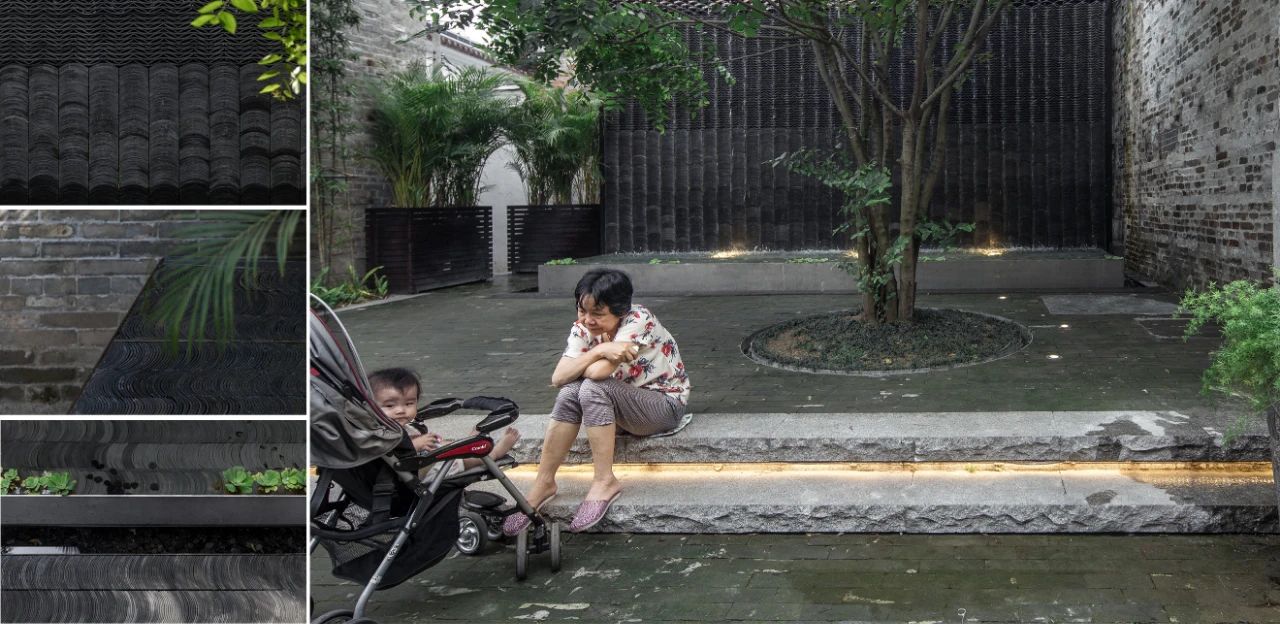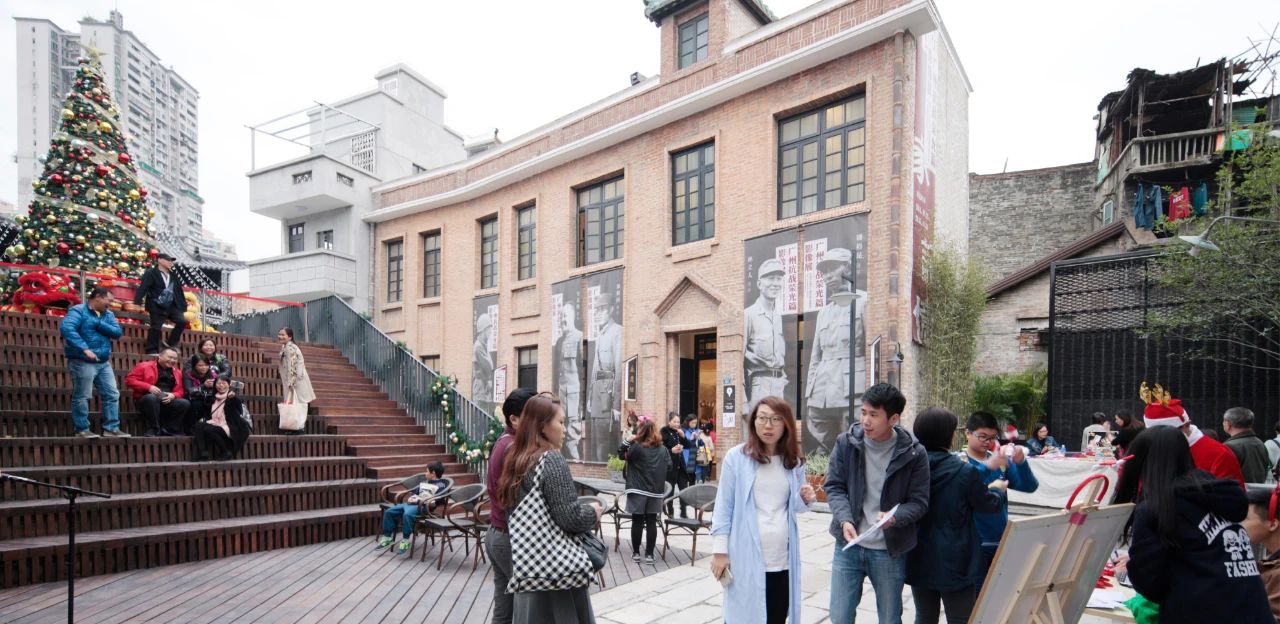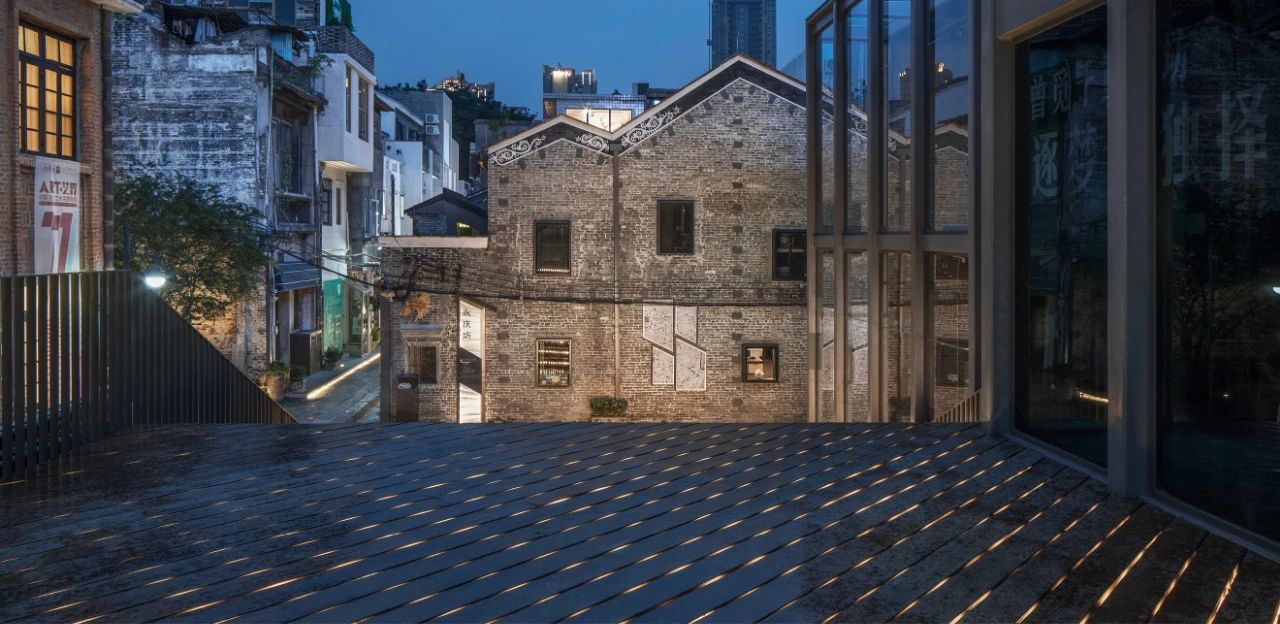Yongqing Fang Alleyways an Urban Transformation,
LI Zhongwei(Teaching fellow)

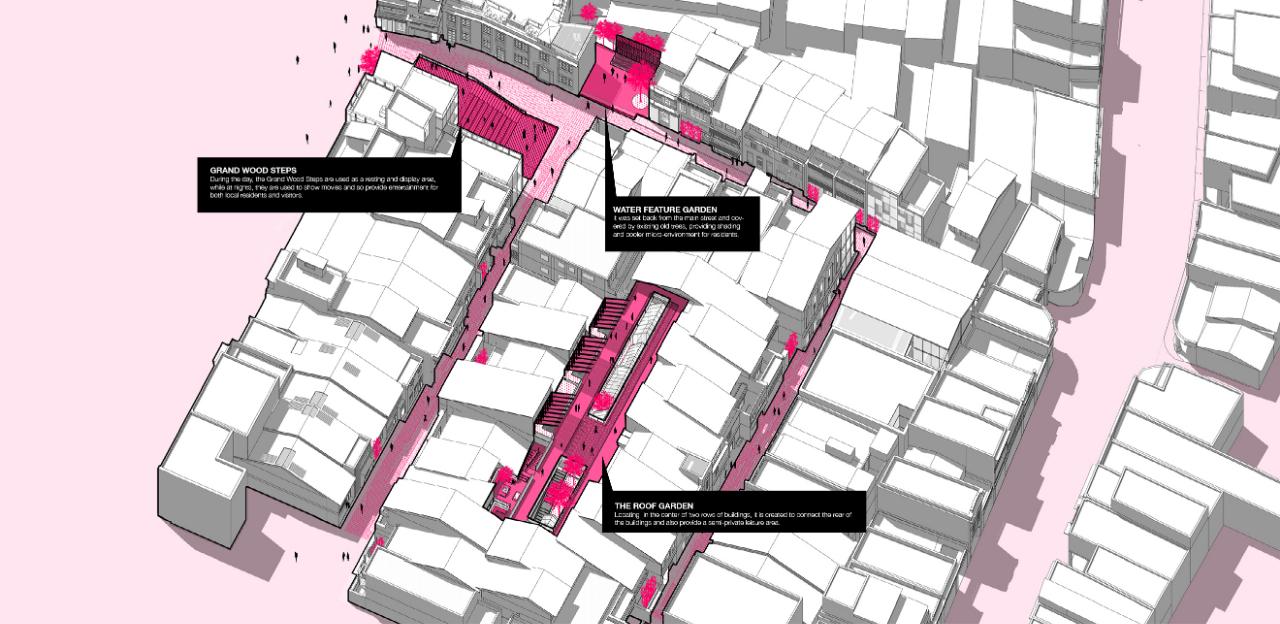
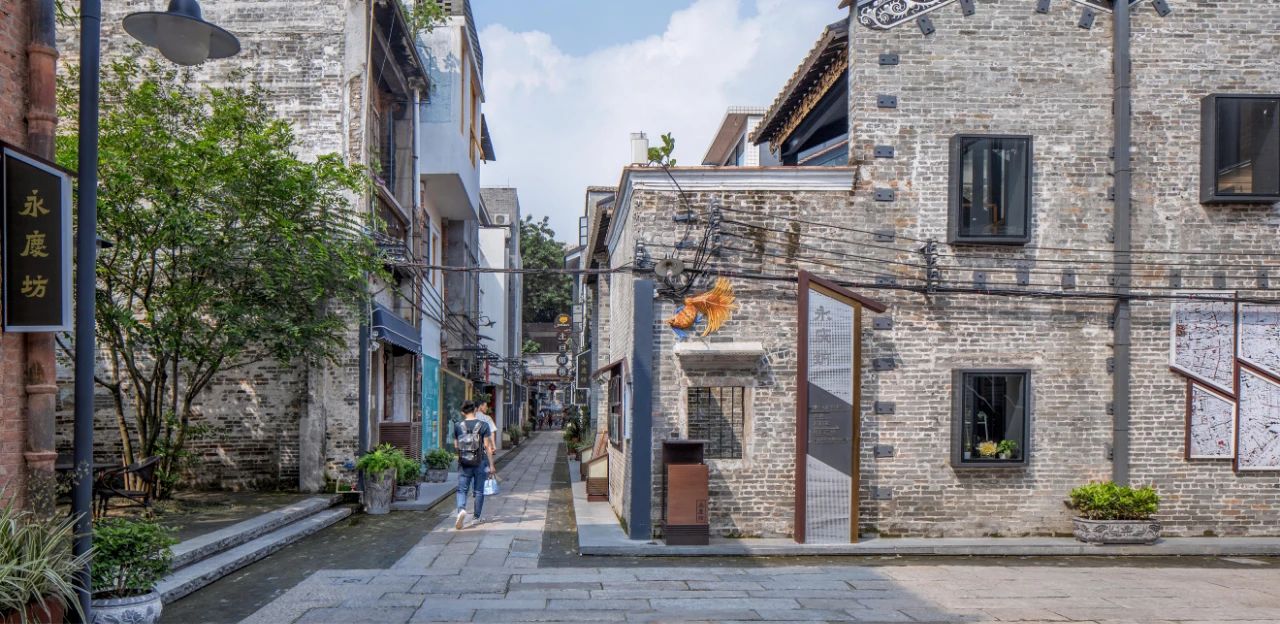
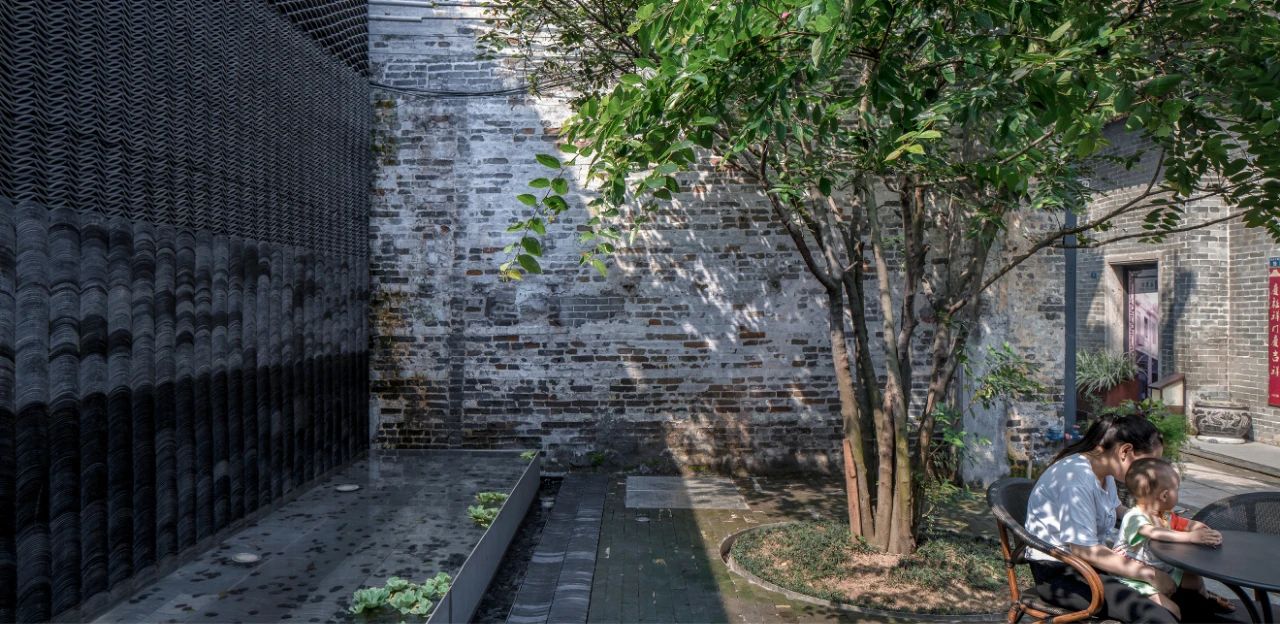
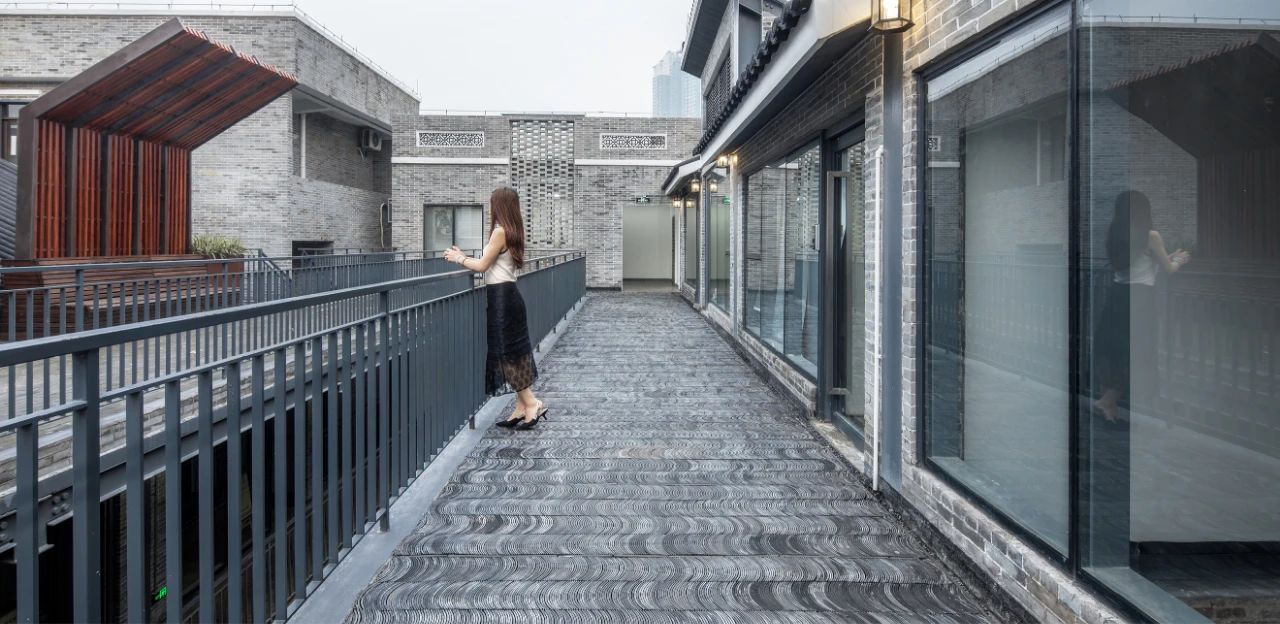

Lead Designers
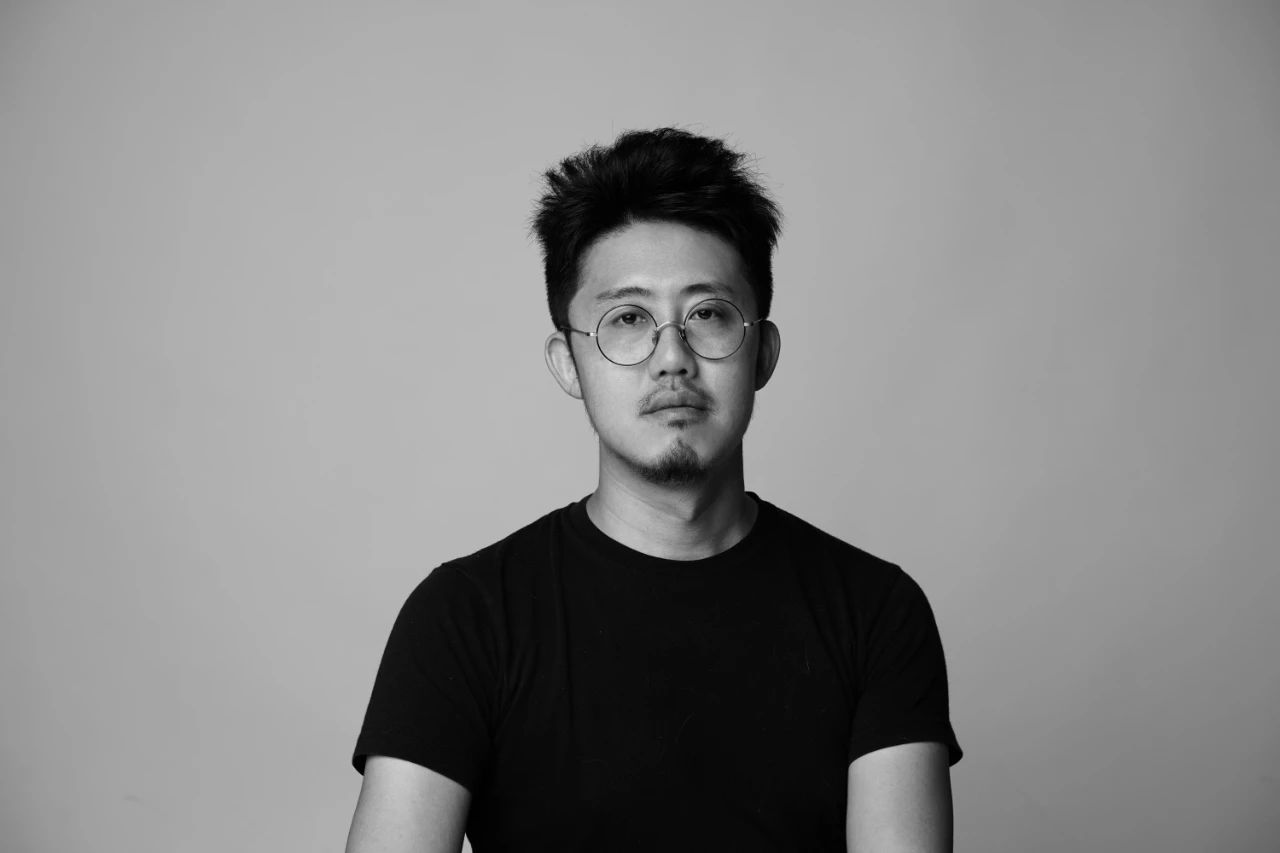
李中伟|Zhongwei Li
Co-Founder, Creative Director(Shanghai), ASLA, Shanghai Jiaotong University Teaching Fellow
LI Zhongwei received his master's degree in Landscape Architecture and Urban Regional Planning from the University of Pennsylvania. He is an urbanist with years of practical experience. Li engaged several landscape projects which are located in the hinterland of China. He focuses on and dedicated to solving high-incidence urban problems by creating public spaces. Li is the co-founder of Lab D+H and the creative director of the Shanghai office. His team has won many word-class awards such as the 2020 ASLA National Honor Awards in recent years. Zhongwei also has a teaching fellowship with Shanghai Jiaotong University.

林楠|Nan Lin
Partner, Design Director/Shanghai Studio Managing Principal
LIN Nan is the Partner and Design Director of Lab D+H, Shanghai office. He has led the Shanghai Office to accomplish several city landmarks projects, including urban renewal, infrastructure, and urban complex. He also led the team to win several world-class landscape awards such as the 2020 ASLA National Honor Awards. Lin believes that a comprehensive analysis contributes to an exceptional landscape design work. He is committed to making an inclusive design method throughout the whole process of conceptual design and construction.
Team
Lead Landscape Designers:
LI Zhongwei, LIN Nan
Design Team:
LIN Miao, CHOI Younjoon, LIANG Zongjie, ZHONG Huicheng, ZHU Yijia, LAN Hao, ZHANG Jiaqian, FAN Yufei
Client:
Guangzhou Vanke
Guangzhou Vanke Team:
CHENG Guoyan, LI Tingting, CHEN Jiajian
Architects:
Atelier Cns, Nodeoffice
Photographer:
Archexist SU Zhewei, WANG Zuo, WU Siming
Project Narrative
In recent years, China’s urban development practice has started shifting its focus from city expansion towards inner-city renewal. City governments and planners are rediscovering the potential of historic city quarters as incubators for new urban life and highly valuable differentiators for city branding and marketing.
Micro-Transformation
The urban renewal of Yongqing Fang, a quarter in the old town of Guangzhou, has set a new benchmark as a showcase example for a different approach towards inner-city rejuvenation. Leaving behind the explored avenues of top-down streamlined restoration of traditional quarters into solely leisure- and commerce-centered historic districts, frozen in time and devoid of everyday life, the new model instead opts for micro-transformation. It aims to combine tradition with modernity.
At the start of the renovation, Yonqing Fang was in a rather hazardous state. Most of the dwellings had been abandoned. Only 43 buildings were still intact, 30 seriously damaged and some had already collapsed. Furthermore, the prospect of urban regeneration was met with great skepticism and apprehension by the remaining residents. Hence VANKE Real Estate Development, in collaboration with local stakeholders, initiated the strategy of micro-transformation.

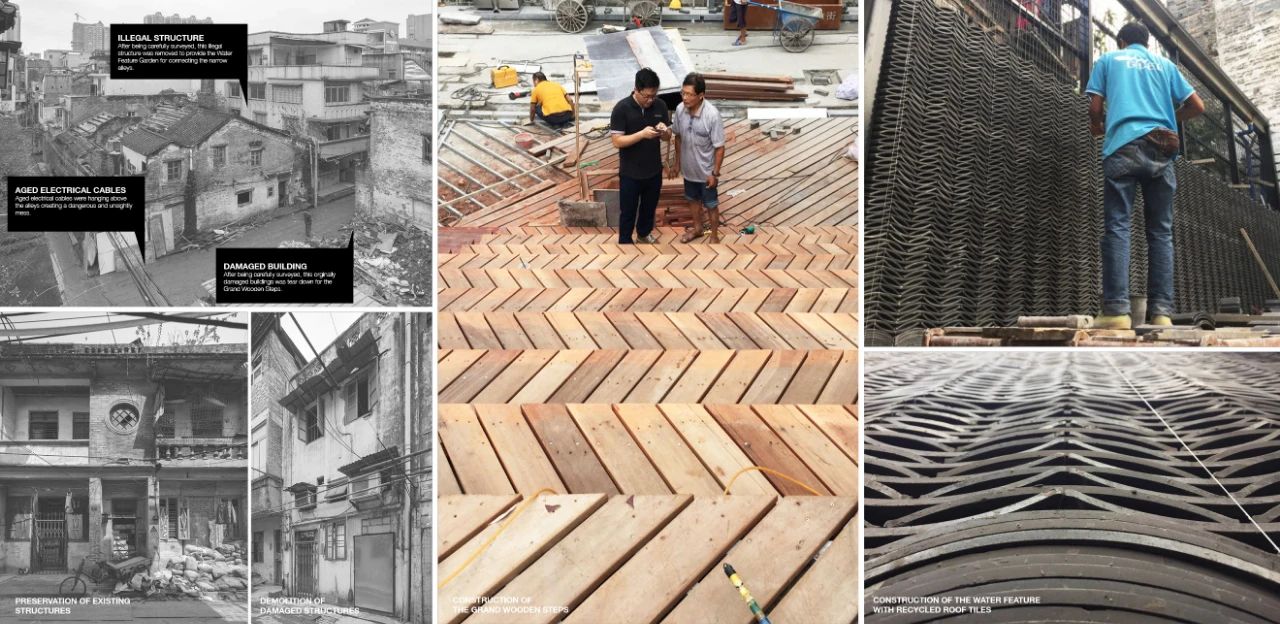
Rebuilding and New Construction
In a first step, all remaining buildings were thoroughly surveyed regarding structural soundness, recent condition and historic value. An overall inventory was established and intensively discussed with all stakeholders involved, leading to a final classification of all buildings into five different renovation categories applied on site: restoration, façade redesign, structural reinforcement, partial rebuilding and new construction. This classification provided the base for a micro-renovation approach: a catalog of case-by-case measures, carefully executed in collaboration with local restoration specialists and construction teams. Instead of uniform measures, an organic approach towards -re-newal was taken, which from the start accepted the coexistence of a wide array of different building types and styles next to each other and combined restoration with the injection of a new urban program.
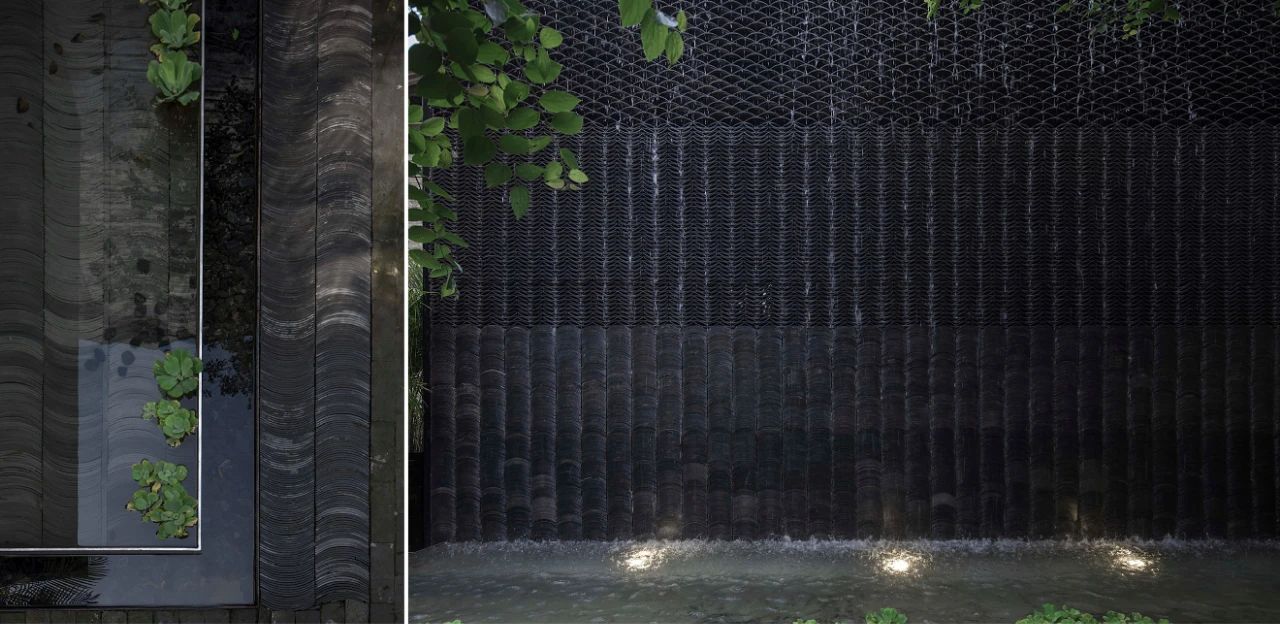
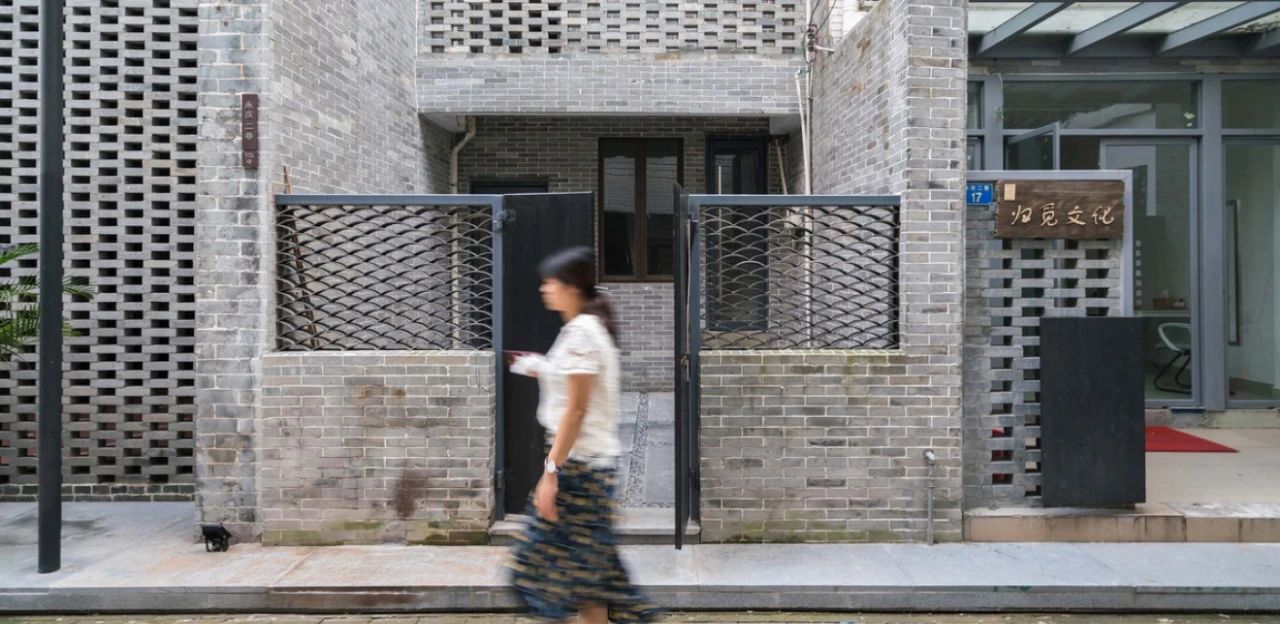
Modernity and Identity
As a last layer, the public realm was renovated. Lab D&H led the landscape design effort. Here too the focus was placed on a modernity anchored in the respect of the identity of place. Different from the architectural renovation that was enriched by and profited from the variety in styles, the renovation of the public realm faced the challenge to provide aesthetic unity to the site and at the same time create a suitable and comfortable background for all users and activities.
